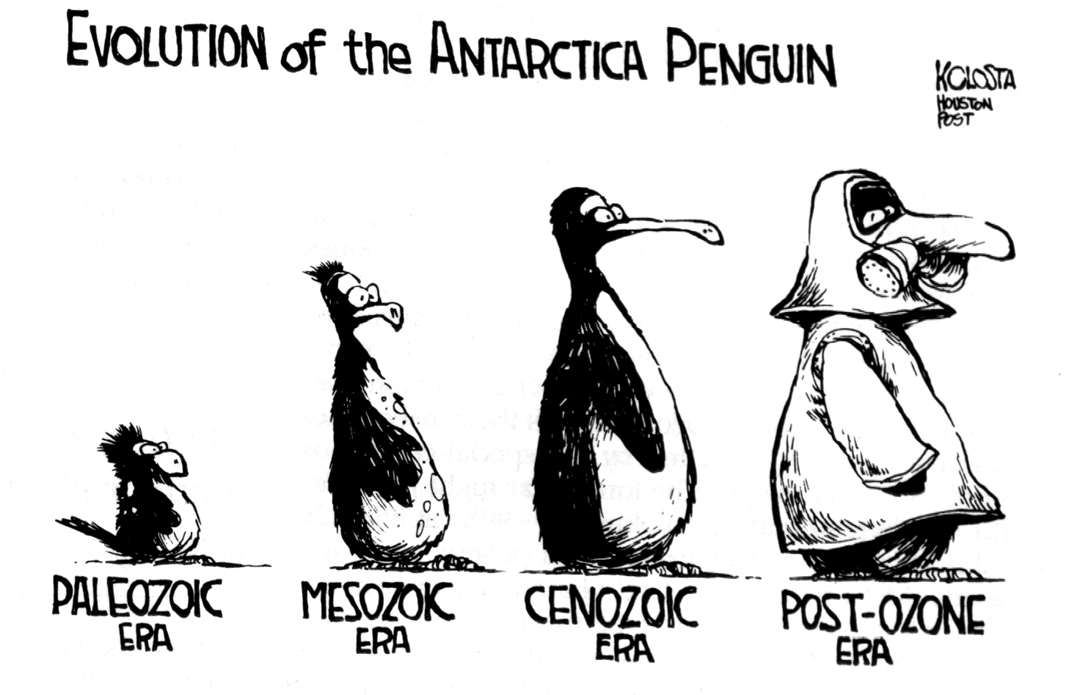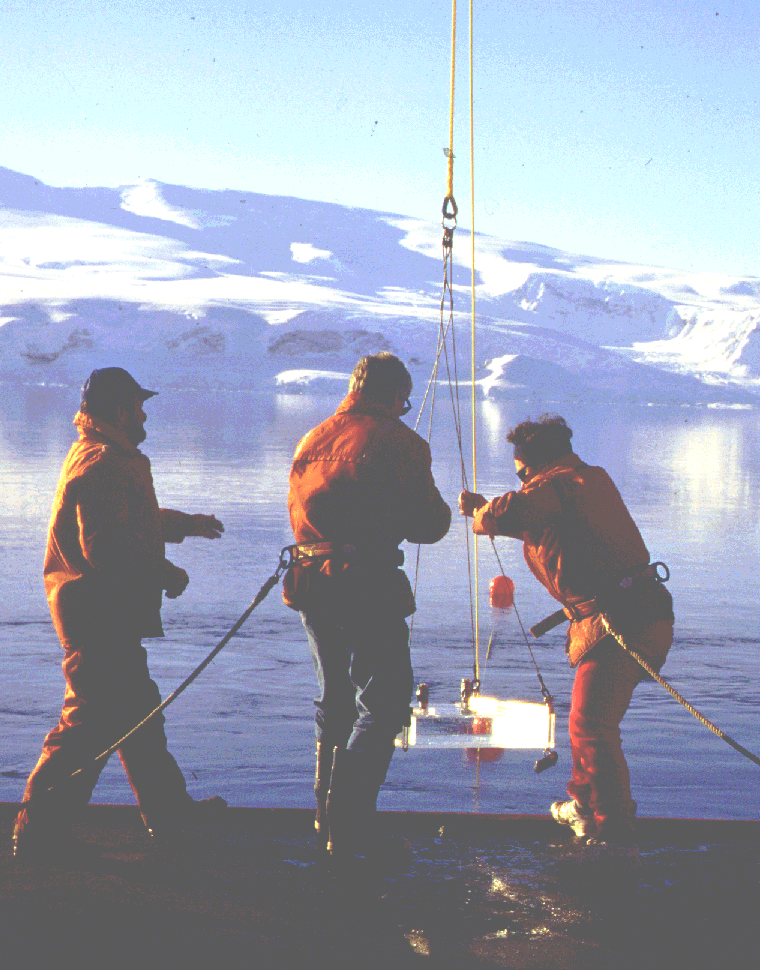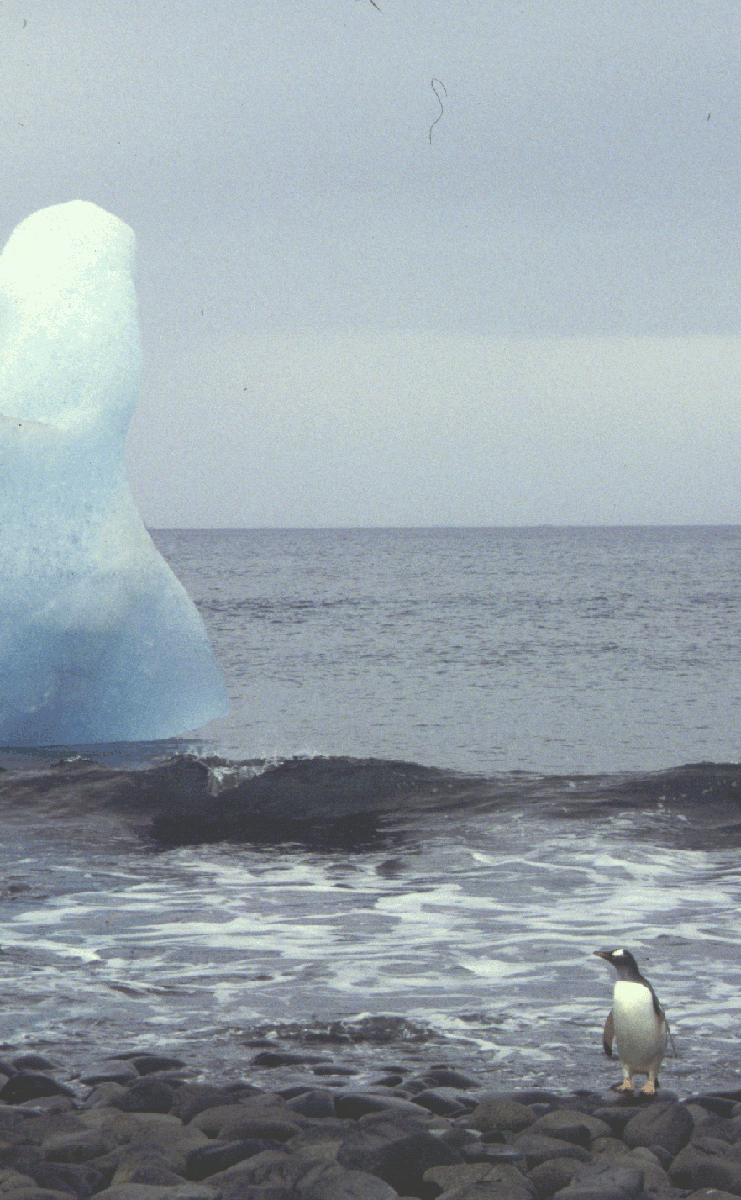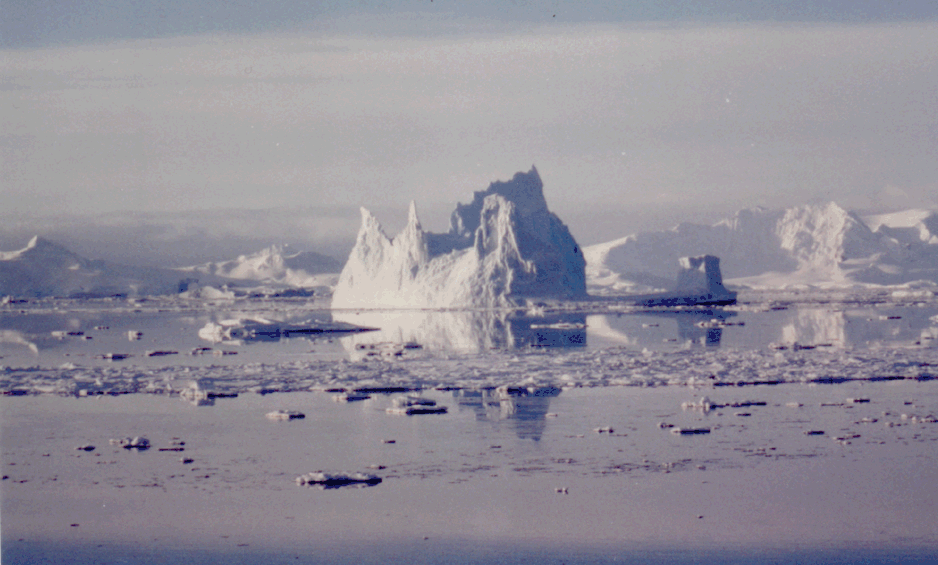 Kolosta--Houston
Post
Kolosta--Houston
Post



Lyons, M. M., P. Aas, J. D. Pakulski, L.
van Waasbergen, R. V. Miller, D. L. Mitchell, and
W. H. Jeffrey. 1998. DNA damage induced by ultraviolet
radiation in coral-reef microbial communities. Marine Biology 130:537-543.
van Waasbergen, Lorraine G., Saranga P. Kidambi, and Robert V. Miller. 1998. Construction of a recA mutant of Burkholderia (formerly Pseudomonas) cepacia. Applied Microbiology and Biotechnology 49:59-65.
Kidambi, Saranga P., Melissa G. Booth, Tyler A. Kokjohn, and Robert V. Miller. 1996. recA dependence of the response of Pseudomonas aeruginosa to UVA and UVB irradiation. Microbiology 142:1033-1040.
Kokjohn, Tyler A., and Robert V. Miller. 1994. IncN plasmids mediate UV resistance and error prone repair in Pseudomonas aeruginosa PAO. Microbiology 140:43-48.
Warner-Bartnicki, A. L., and Robert V. Miller. 1992. Characterization of stress-responsive behavior in Pseudomonas aeruginosa PAO: Isolation of Tn3-lacZYA fusions with novel Damage inducible (din) promoters. Journal of Bacteriology. 174:1862-1868.
Miller, Robert V. 1992. pp. 509-517. recA. In S. Luria (ed.), Encyclopedia of Microbiology, Vol. 3. Academic Press, San Diego, California.
Miller, Robert V., and Tyler A. Kokjohn. 1990. General Microbiology of recA: Environmental and Evolutionary Significance. Annual Reviews of Microbiology 44:365-394.
Simonson, C. Sue, Tyler A. Kokjohn, and Robert V. Miller. 1990. Inducible UV repair potential of Pseudomonas aeruginosa PAO. Journal of General Microbiology 136:1241-1249.
Kokjohn, Tyler A., and Robert V. Miller. 1988. Characterization of the Pseudomonas aeruginosa PAO recA gene: the Les- phenotype. Journal of Bacteriology 170:578-582.
Miller, Robert V., and Tyler A. Kokjohn. 1988. Expression of the recA gene of Pseudomonas aeruginosa PAO is inducible by DNA damaging agents. Journal of Bacteriology 170:2385-2387.
Kokjohn, Tyler A., and Robert V. Miller. 1987. Characterization of the Pseudomonas aeruginosa PAO recA analog and its protein product: rec-102 is a mutant allele of the Pseudomonas aeruginosa PAO recA gene. Journal of Bacteriology 169:1499-1508.
Miller, Robert V., and Tyler A. Kokjohn. 1987. Cloning and characterization of the c1 repressor of Pseudomonas aeruginosa bacteriophage D3: a functional analog of phage lambda cI protein. Journal of Bacteriology 169:1948-1852.
Benbrook, Doris M., and Robert V. Miller. 1986. Effects of norfloxacin on DNA metabolism in Pseudomonas aeruginosa. Antimicrobial Agents and Chemotherapy 29:1-6.
Kokjohn, Tyler A., and Robert V. Miller. 1985. Molecular cloning and characterization of the recA gene of Pseudomonas aeruginosa. Journal of Bacteriology 163:568-572.
Mondello, Frank J., and Robert V. Miller. 1984. Identification of Pseudomonas plasmids able to suppress the lysogeny-establishment-deficiency (Les-) phenotype. Plasmid 11:185-187.
Miller, Robert V., and Chao-Min Chang Ku. 1978. Characterization
of Pseudomonas aeruginosa mutants deficient in the establishment
of lysogeny. Journal of Bacteriology 134:875 883.
 Kolosta--Houston
Post
Kolosta--Houston
Post